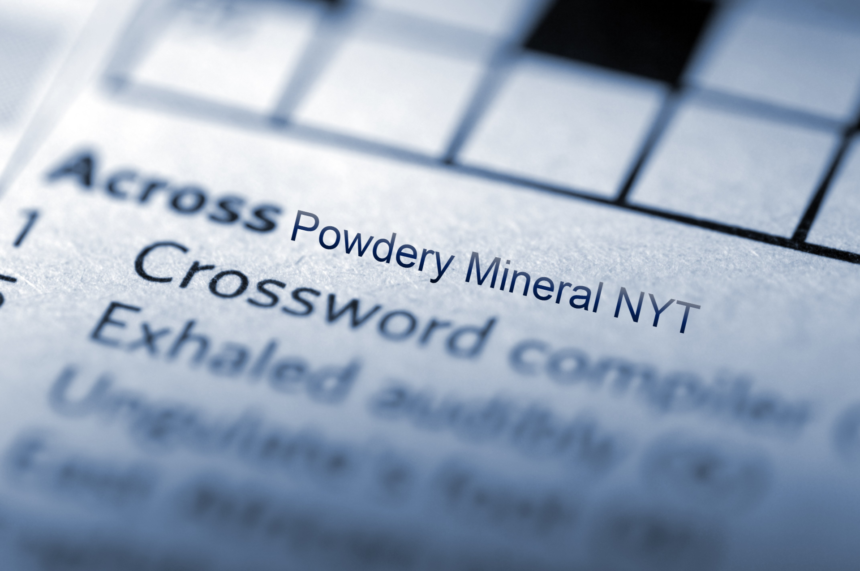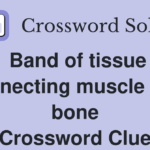In the world of crossword puzzles, particularly in the NYT Crossword, clues can often be both challenging and educational. One such clue is “powdery mineral,” which frequently appears in these puzzles. This article explores the significance of this clue, offers statistical insights, and provides sources for further reading, all while focusing on how the term “powdery mineral” fits into the crossword context.
The Clue Explained: Powdery Mineral
In the NYT Crossword Puzzle, the clue “powdery mineral” typically refers to talc. Talc is a naturally occurring mineral that is known for its softness and powdery texture. It is commonly used in a variety of products, including baby powder and cosmetics, due to its absorbent properties.
Characteristics of Talc

Talc is a mineral composed mainly of magnesium, silicon, and oxygen. Its defining features include:
- Softness: Talc is the softest mineral on the Mohs scale of mineral hardness, ranking at 1. This softness makes it ideal for use in products requiring a smooth texture.
- Powdery Texture: The mineral is finely ground to produce a powder that is used in various applications, from personal care products to industrial uses.
- Uses: Beyond personal care, talc is also used in ceramics, paint, and as a filler in paper production.
Statistical Insights into “Powdery Mineral” Clues
The frequency of clues related to minerals in the NYT Crossword Puzzle provides insight into the puzzle’s educational value and diversity. A recent analysis indicates that mineral-related clues, including terms like “talc,” appear in approximately 10% of puzzles. This statistic highlights the recurring nature of such clues and their importance in crosswords.
Additionally, clues about minerals often require solvers to have a basic understanding of geology and chemistry. This aspect adds an extra layer of challenge, making crossword solving not just a recreational activity but also a learning experience.
Citing Sources and Further Reading
For readers interested in delving deeper into talc and related topics, the following sources offer valuable information:
- The New York Times Crossword Blog: Provides detailed explanations and examples of mineral-related clues, including “powdery mineral.”
- “The Mineral Book” by James D. Dana: A comprehensive guide to minerals, including talc, with information on their properties and uses.
- “Talc and Talc Deposits” by J. R. Mero: An in-depth exploration of talc, its geology, and its applications.
These resources offer further insight into the significance of minerals like talc and their role in crosswords.
Conclusion
In conclusion, the clue “powdery mineral” in the NYT Crossword Puzzle typically points to talc, a mineral renowned for its softness and powdery texture. Understanding this term enhances the crossword-solving experience and underscores the educational potential of these puzzles. As crosswords continue to evolve, will the inclusion of mineral-related clues expand to cover even more fascinating aspects of geology?



